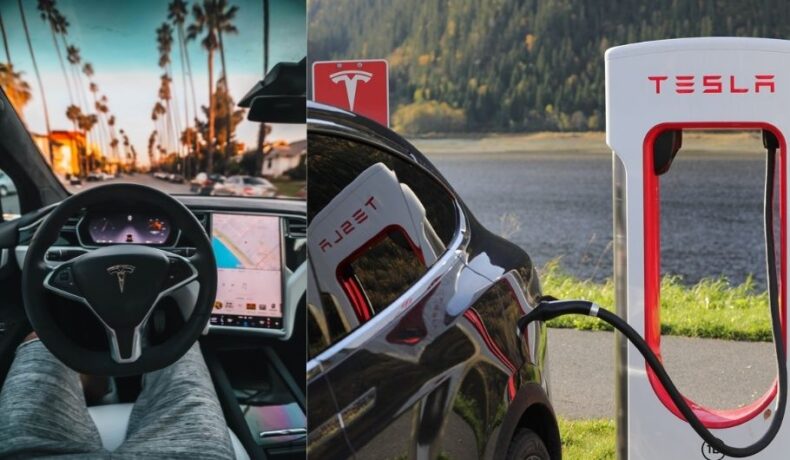Whether you’re a current or potential Tesla owner, you may find yourself wondering, “what is the lifespan of a Tesla battery?”
Considering the fact that more EVs are gracing the world’s roads than ever, it stands to reason why so many people are eager to know the answer to that question. Well if you haven’t yet found the answer, you’ve come to the right place. So let’s get down to the crux of the article…
What is the lifespan of a Tesla battery?
The lifespan of current Tesla car batteries ranges from 300,000-500,000 miles. This differs depending on the type of Tesla model as well as factors such as the owner’s driving habits, the environment, software updates, etc.
If Tesla battery life is a topic that interests you, we’re sure that you’ll enjoy the coming sections on battery warranties, replacement costs, and tips.
Table of Contents
Tesla Battery Life: What Is Their Lifespan?
Before we go about answering this question for you, it’s important to note the following:
- Tesla is a relatively new company dealing with a more recent form of tech. As such, more research needs to be conducted over the years to come (particularly on Model 3 & Model Y Tesla’s) before truly definitive answers can be given.
- These estimates do not consider factors such as environment, software updates, owner habits, etc.
- The U.S. Department of Transportation’s Federal Highway Administration states the average person drives around 13,500 miles per year. This average is useful in determing battery longevity.
Model S Lifespan
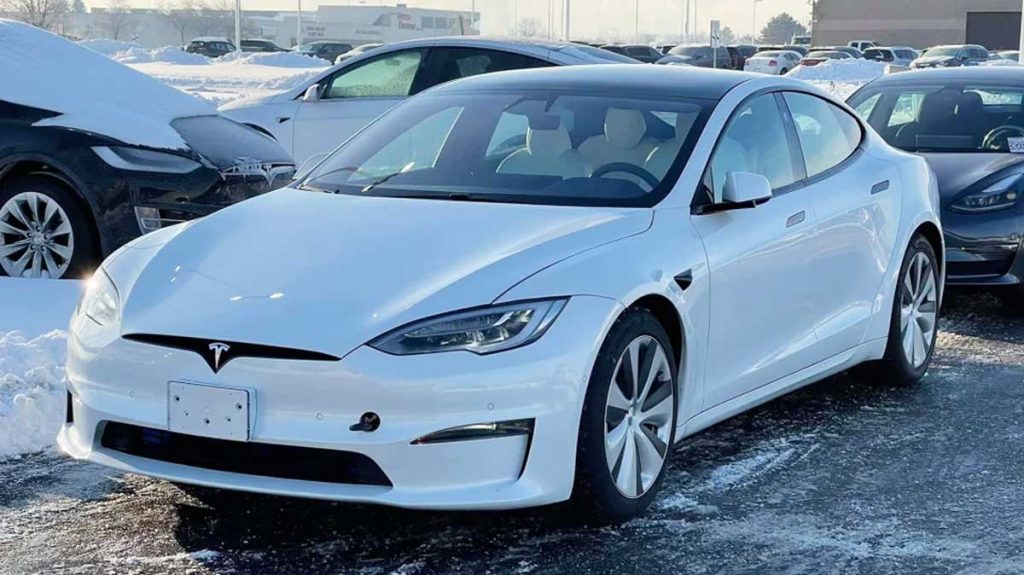
Reports from tesla owners on Plug-In America have Model S battery degradation rates of less than 20% over 300,000 miles. If these numbers continued, a Tesla could reach 450,000 miles before reaching the 30% degradation that Tesla deems unacceptable under its Battery and Drive Unit Warranty.
As such a Tesla Model S battery could last for +- 450,000 miles (20 years).
Model X Lifespan
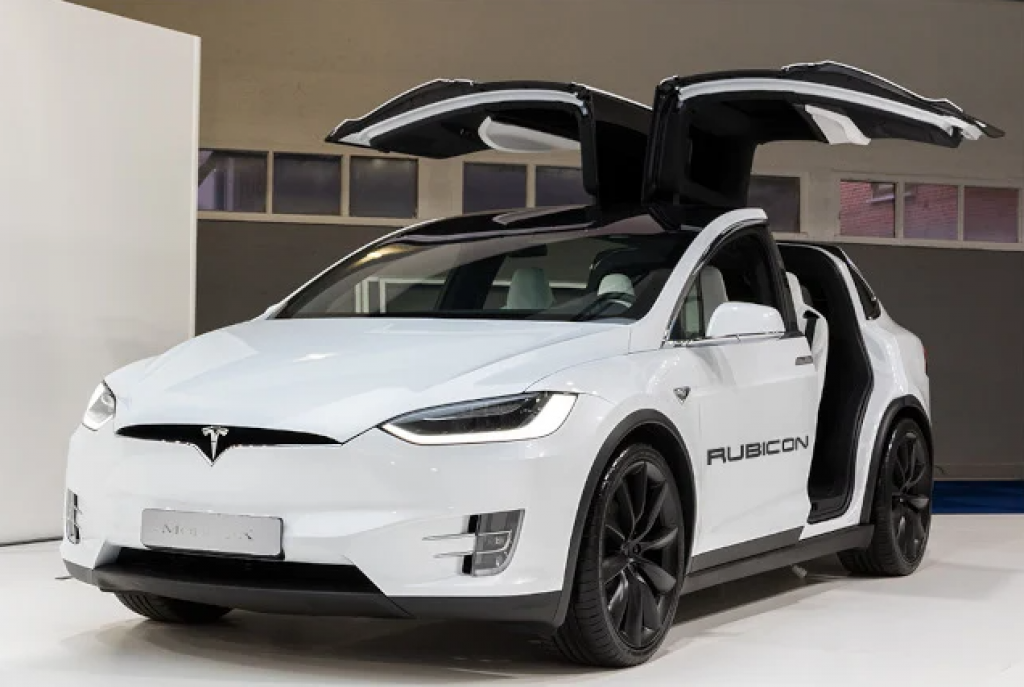
The battery pack of the Model X is virtually the same as the Model S. Therefore, it is safe to assume that the stats are similar.
Tesla’s data seems to show a 10-15% degradation rate over 200,000 miles for this model. Assuming that the average driver only travels 13,500 miles a year, that’s 10-15% degradation over an almost 15 year period.
Much like the Model S, most Model X battery packs should last even longer than that while maintaining a usable charge.
Taking the above into account, the Model X battery could last for +- 450,000 miles (20+ years).
Model Y Lifespan
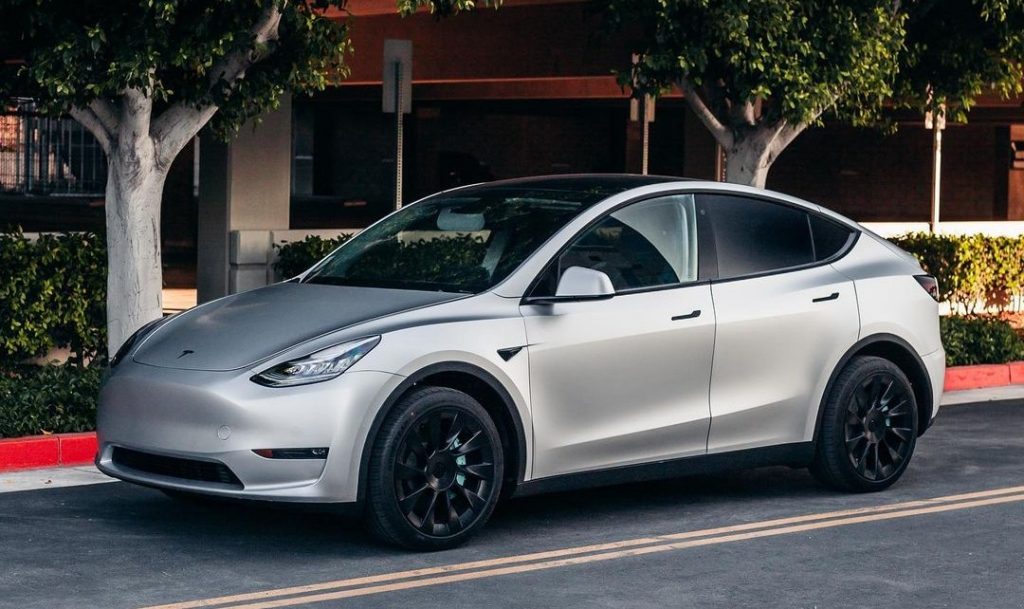
The Model Y shares close to 75% of its parts with the Model 3. As such, we can assume similar battery degradation numbers.
With those numbers in mind, the Model Y could see the same average 5% loss of battery capacity per 100,000 miles.
This begs the question, how many years could a Tesla Model Y battery last on average?
With our same average driving distance per year calculation of 13,500 miles, the Model Y battery life should be between 300,000 to 500,000 miles with an acceptable amount of degradation (10-20 years).
Model 3 Lifespan
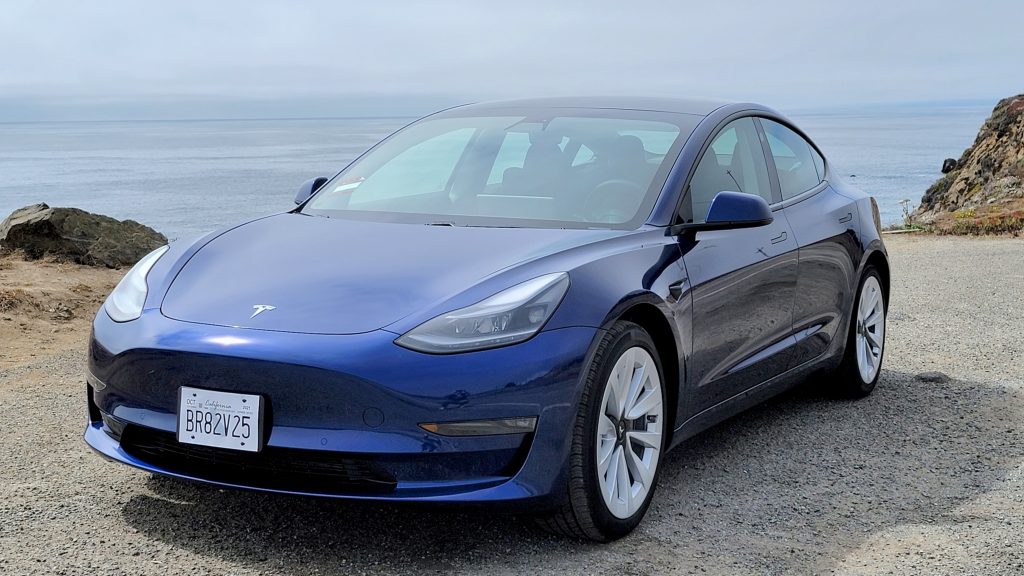
Elon has stated that the Model 3’s battery was designed to last 300,000 to 500,000 miles (1,500 charging cycles).
If the average person drives 13,500 miles per year, that’s between 20-40 odd years – bear in mind, this is an overestimate.
The Model 3’s battery degradation rate seems to be around 5% per 100,000 miles, putting it in line with Musk’s estimation of 300,000 to 500,000 miles of usage (10-20 years).
Below you’ll find a table summarising the above info:
| Tesla Model | Mileage | Years |
|---|---|---|
| S | +- 450,00 | 20 |
| X | +- 450,00 | 20+ |
| Y | 300,000 – 500,000 | 10-20 |
| 3 | 300,000 – 500,000 | 10-20 |
Side note: if you want to know how Tesla EV’s actually work, click here.
How Much Does It Cost To Replace A Tesla Battery?
The battery is the main component of a Tesla EV. As such you can imagine that replacing one is rather pricey.
Unfortunately, Tesla does not have a pricing list providing definitive answers to this question. We can, however, make use of information from current Tesla owners as well as current battery prices, which are around $137 per kWh.
After conducting some research, we have come up with some Model specific estimates based on factors such as battery cost, miscellaneous parts, and the cost of labor.
The following table illustrates these estimates for the price of a replacement battery:
| Tesla Model | Battery Cost | Misc Parts Cost | Labor Cost | Total Cost |
|---|---|---|---|---|
| S | $12,000-$13,000 | $100-$200 | $500-$600 | $12,000-$15,000. |
| X | $13,000 | $100-$200 | $500-$600 | $13,700 |
| Y | $10,000-$12,000 | $100-$200 | $500 | $11,000-$13,000 |
| 3 | $12,000 | $100 | $500 | $13,000 |
Please note: While these estimates are a very useful guideline for Tesla battery replacement costs, these numbers are for battery replacements that are relatively uncomplicated in nature. So if you do own a Tesla and require a battery replacement, it’s best to double-check with your local Tesla service center.
What Is The Warranty Of A Tesla Battery?
A Tesla is a fantastic, innovative, and eco-friendly investment for personal transportation, but they come with a hefty price tag. As such, the vast majority of people won’t be able to afford one.
For those of you who can, you’ll want to know that such a premium product comes with a comprehensive warranty.
So on that note, here is some helpful info related to Tesla warranties.
According to the Tesla website, all Tesla vehicles are protected by a New Vehicle Limited Warranty. If you’re interested in taking a closer look at this document, click here.
This includes:
- Basic vehicle limited warranty – this covers the vehicle for 4 years or 50, 000 miles, whichever comes first.
- Supplemental restraint system limited warranty – this covers the vehicle for 5 years or 60,000 miles, whichever comes first
- Battery and drive unit limited warranty – the warranty period for each vehicle type can be found in the table below.
| Tesla Model | Warranty Period |
|---|---|
| S X | 8 years or 150,000 miles, whichever comes first, with minimum 70% retention of battery capacity over the warranty period. |
| 3 – Standard Range | 8 years or 100,000 miles, whichever comes first, with minimum 70% retention of battery capacity over the warranty period. |
| 3 – Long Range 3 – Performance Y – Long Range Y – Performance | 8 years or 120,000 miles, whichever comes first, with minimum 70% retention of battery capacity over the warranty period. |
Additional Info:
These warranties cover the repair or replacement necessary to correct defects in the materials or workmanship of any parts manufactured or supplied by Tesla, which occur under normal use.
What Type Of Batteries Does Tesla Use?
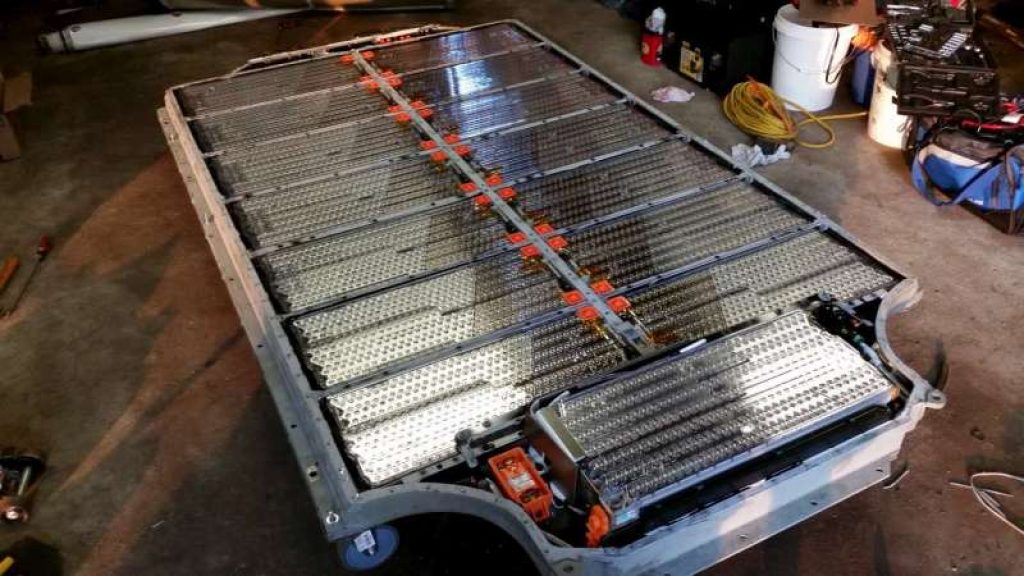
Currently, Tesla uses an NCA chemistry – lithium-nickel-cobalt-aluminum
Battery capacity wise, their cars range from 60-100 kilowatt-hours.
Here is a table illustrating the battery size of each Tesla model:
| Model Type | Battery Type | kWh |
|---|---|---|
| S | Lithium-Ion | 100 |
| X | Lithium-Ion | 100 |
| Y | Lithium-Ion | 75 |
| 3 | Lithium-Ion | 54, 62, 75, or 82 |
Additional Info:
Earlier this year, Elon Musk stated that Tesla will be making a ”long-term shift’ towards lithium-iron-phosphate (LFP) cells in some of its entry-level EVs.
He believes that Tesla’s batteries may eventually be roughly two-thirds iron-based and one-third nickel-based across its products.
He added that“…there’s plenty of iron in the world”, inferring that it’ll cost a lot less to make. This is because iron is cheaper than cobalt and nickel – both of which are scarce.
Additionally, Musk believes that the energy density of LFP batteries has improved enough to use the cheaper, cobalt-free batteries in their lower-end vehicles.
Last year, Tesla CEO Elon Musk mentioned that he believes the energy density of lithium-iron-phosphate (LFP) batteries has improved enough that it now makes sense to use the cheaper and cobalt-free batteries in its lower-end vehicles.
How To Increase Your Tesla Battery Life?
Forming good habits is such an important part of maintaining healthy Tesla battery life. As previously mentioned, these are expensive cars, and you want to get here money’s worth.
So let’s look at how you can increase your tesla battery life.
There are four major contributors that lead to lithium-ion battery degradation:
- Age of the battery
- Number of charge cycles
- Effect of state of charge (SoC)
- Battery temperature
While you don’t have much control over the battery’s age and the number of charge cycles, you do have a significant influence over your battery’s state of charge and temperature.
Knowing this, let’s look at some ways you can increase the lifespan of your tesla’s battery life.
Maintain A Health State Of Charge Range
Your Tesla’s lithium-ion battery doesn’t like to remain in a SoC that is too high, or too low. Years of battery chemistry research support this statement, showing that SoC extremes degrade the capacity and lifespan of lithium-ion batteries.
Ideally, you want to aim for a SoC that ranges between 20% and 90% (though you don’t want to exceed 90% on a regular basis). For more info, you can view Tesla’s best practices via their user manual.
Additionally, if you do want to charge your battery up to 100%, only do so for long one-off trips.
In summary, 20 to 90% SoC is the sweet spot for your Tesla’s battery. Should you charge it up to 100% or discharge it down to 5%, don’t stress too much. It isn’t a train smash, but doing it frequently will be detrimental to the health of your battery.
Charging Routine
A consistent charging routine for your Tesla’s battery can go a long way towards maintaining its longevity.
On that note, a little-known feature when it comes to the charging dock – you can actually set a schedule for when you want your tesla to charge.
Avoid Temperature Extremes
While Tesla does have a system in place that allows for the regulation of your battery’s temperature, it is advisable to store your car in a place where it is protected from extreme cold and heat. So whether it’s a garage during winter or a shaded area in the summer, make sure that your car is protected.
Preconditioning
Tesla’s come with a preconditioning feature that raises the temperature of your battery to a point that is optimal for charging.
Think of it like this – imagine waking up in the morning and attempting to go for a 5 mile run before warming your body up, not a good idea. You’re just going to put yourself at risk of injury, especially over the long term.
Preconditioning acts as this necessary warm-up before you charge and drive your Tesla first thing in the morning – especially after a particularly cold night. Without this feature, your Tesla’s battery life, charging efficiency, and driving range will suffer.
Scheduled Departure
Tesla’s come with a “scheduled departure” feature that allows you to set preconditioning around your schedule.
Once you specify a time, your car will be able to prepare itself by determining the best time to begin charging and preconditioning. This will go a long way in saving you time and your protecting your Tesla’s battery life.
Final Thoughts
Tesla battery life is a point of discussion that won’t be disappearing any time soon, particularly because of the ongoing advancements in EV technology.
At Tesla Battery Day last year, Elon Musk announced that Tesla will be making a $25,000 electric car. He stated that the price point will be possible due to Tesla’s new battery cell and battery manufacturing efforts, which will reduce battery costs by 50%.
If that plan comes to fruition, you can expect far more EVs on the roads in years to come. That for us is an exciting prospect!

